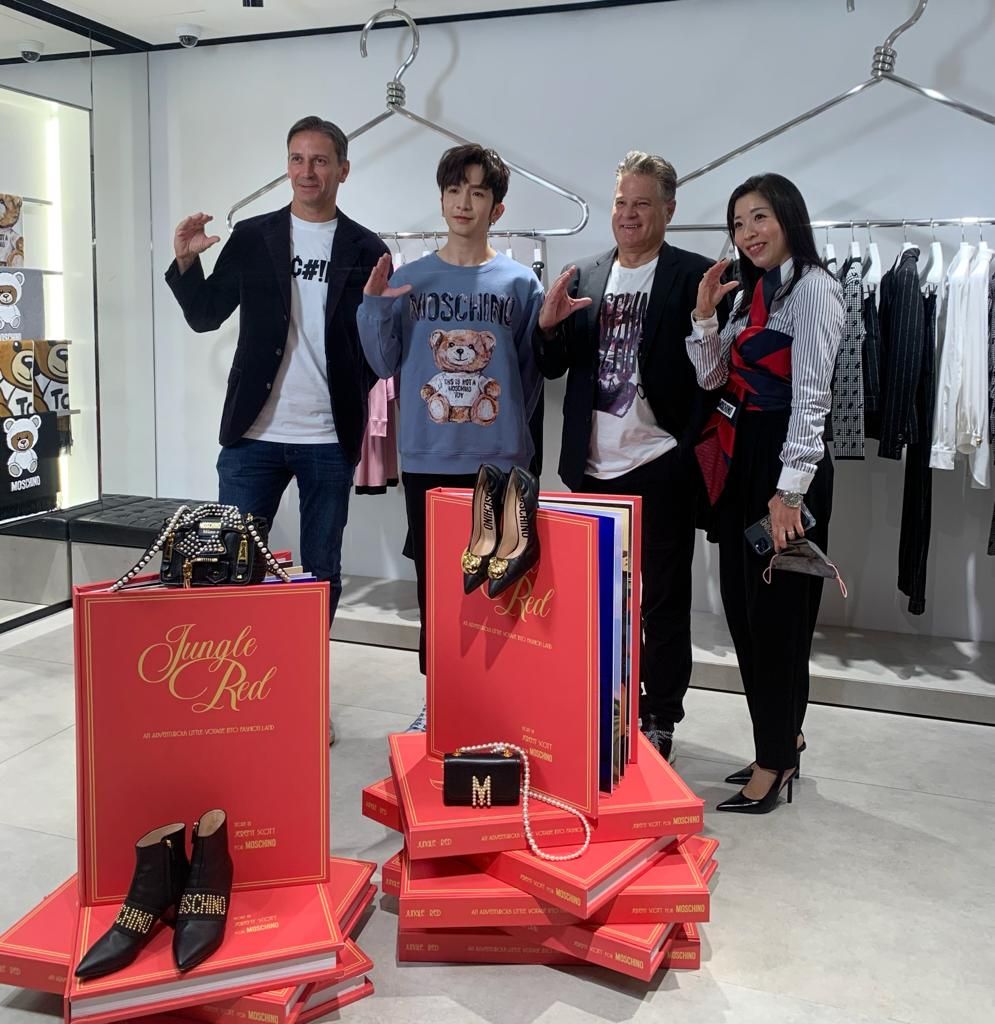Bluebell Group surveyed 2,100 Asian luxury consumers on their purchasing behaviors and similarities in a study entitled “Asia Lifestyle Consumer Profile”.
The Bluebell Group has been a pioneer in the creation and import of brands in Asia since 1954. The group operates in several product categories: accessories, footwear, apparel, fragrances, beauty, jewelry, watches, eyewear and tobacco.
Bluebell’s market research study named “Asia Lifestyle Consumer Profile” investigates consumer drivers and trends among the world’s most dynamic consumer markets.
“As consumer brands enter a new phase of post-COVID planning, it is critical to understand the differences and commonalities in Asian consumer perspectives,” said Ashley Micklewright, Bluebell Group CEO. “It’s not just about the impact of the pandemic on consumer trends in Asia. It’s about an evolving region and every market evolving differently, in terms of consumers’ mindsets, purchase intentions and preferences. In essence, it’s a guide for brands, whether they have retail operations across Asia or in specific Asian markets.”
The Asia-wide survey of 2,100 high-end consumers in six markets – Mainland China, Japan, South Korea, Hong Kong, Taiwan and Southeast Asia (Singapore and Malaysia) – was conducted. It highlights 5 major consumer characteristics and behaviors in the region, covering interest and purchase motivations, among others.
Need for renewal
On average, 80% of Asian consumers report a positive outlook on the future. Consumers in mainland China are nearly all positive (97%), which is likely due to the short confinement period. Japanese consumers, on the other hand, are much more mixed, with only 51% having a positive view of the future.
The study notes a desire for novelty on the part of consumers, both in experiences and products. In Asia, the majority of markets show a strong interest in virtual products, with consumers in mainland China, Taiwan and Hong Kong showing the most interest (85%, 77% and 73% respectively).
The importance placed on brand reputation is strongest in mainland China, Taiwan and Hong Kong, suggesting a so-called traditional attitude towards luxury as a means of status affirmation. The majority of consumers also have a similar buying behavior: between 76% and 94% of consumers (from Southeast Asia and Mainland China, respectively) want to buy luxury goods as a “reward.”
The Bluebell Group survey found that 80% of Asian consumers would choose to buy from premium brands that offer them experiences through events, technology, entertainment or games. This sentiment is nearly universal in mainland China, where 94% of respondents agree, followed by Taiwan (90%) and Hong Kong (83%).
Specifically for fragrances, consumers show a desire to explore niche brands: between 69% and 75% of Asian consumers are sensitive to this.
Consumer characteristics
The Bluebell Group survey highlighted 5 traits shared by the consumer groups surveyed in Asia.
First, there is the experientialist, interested in experience : events, technology, entertainment and play. Then there is the cultural : in tune with their own roots, they appreciate local brands in their image and products.
Traditionalists, on the other hand, consume luxury products to affirm their social status to the world and to themselves. The comfort seekers are looking for natural products and health benefits in order to improve themselves and to please themselves. And finally the neophile who loves novelty and remains curious to explore new things, whether it be new collaborations, virtual products or second hand.
Read also > CHINA’S LUXURY GROWTH DRIVEN BY NEW CONSUMERS
Featured photo : © Bluebell








